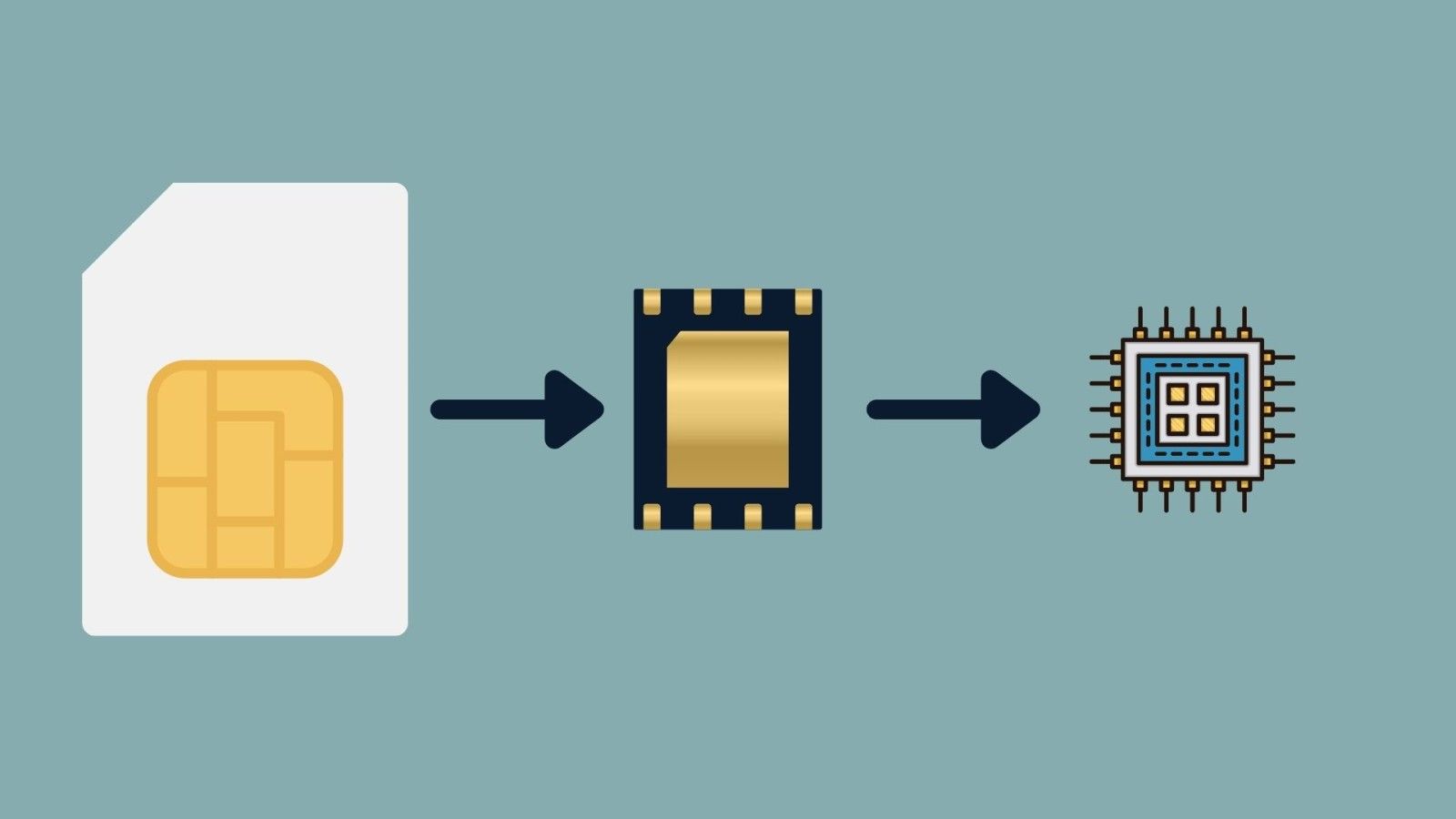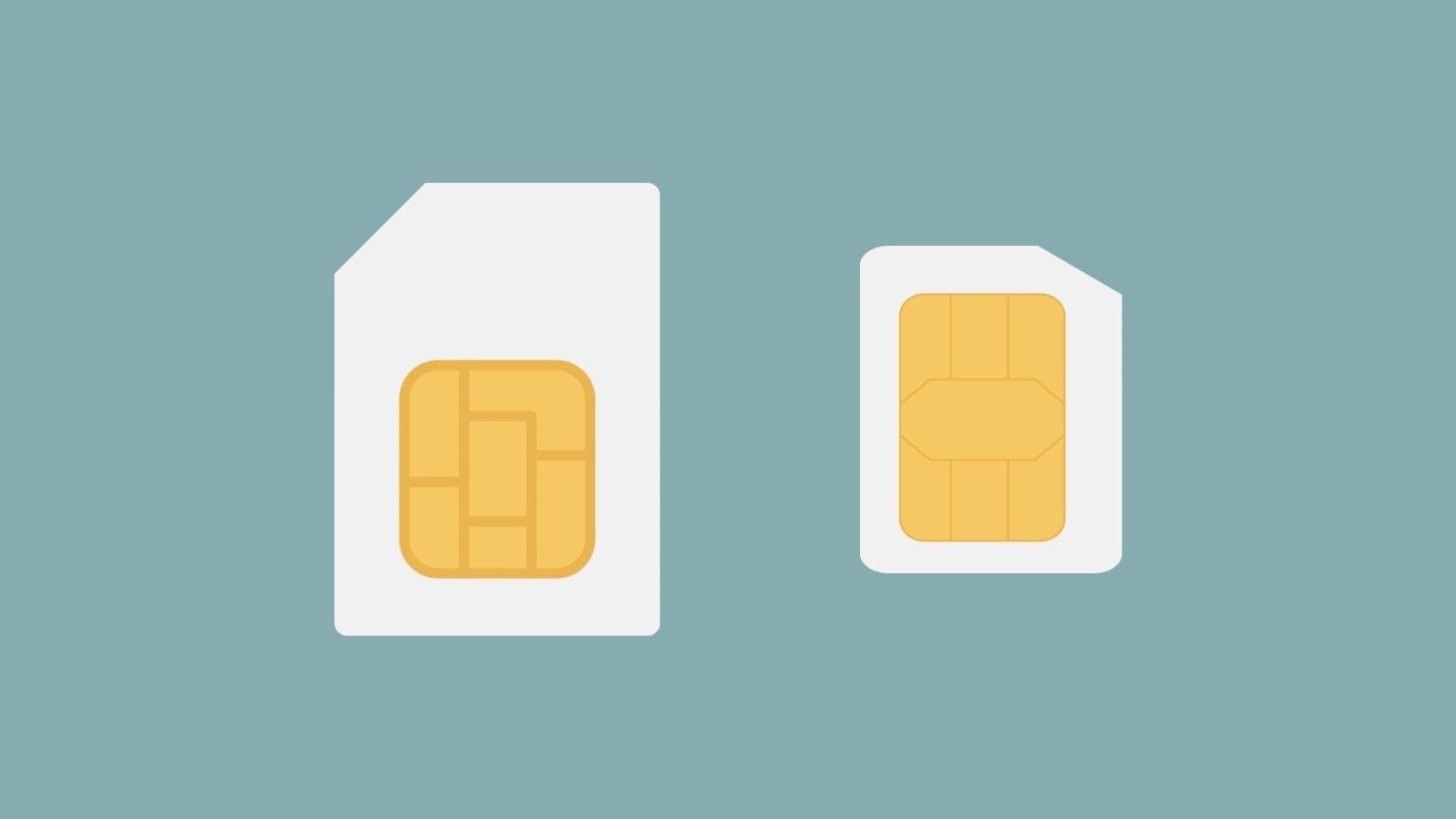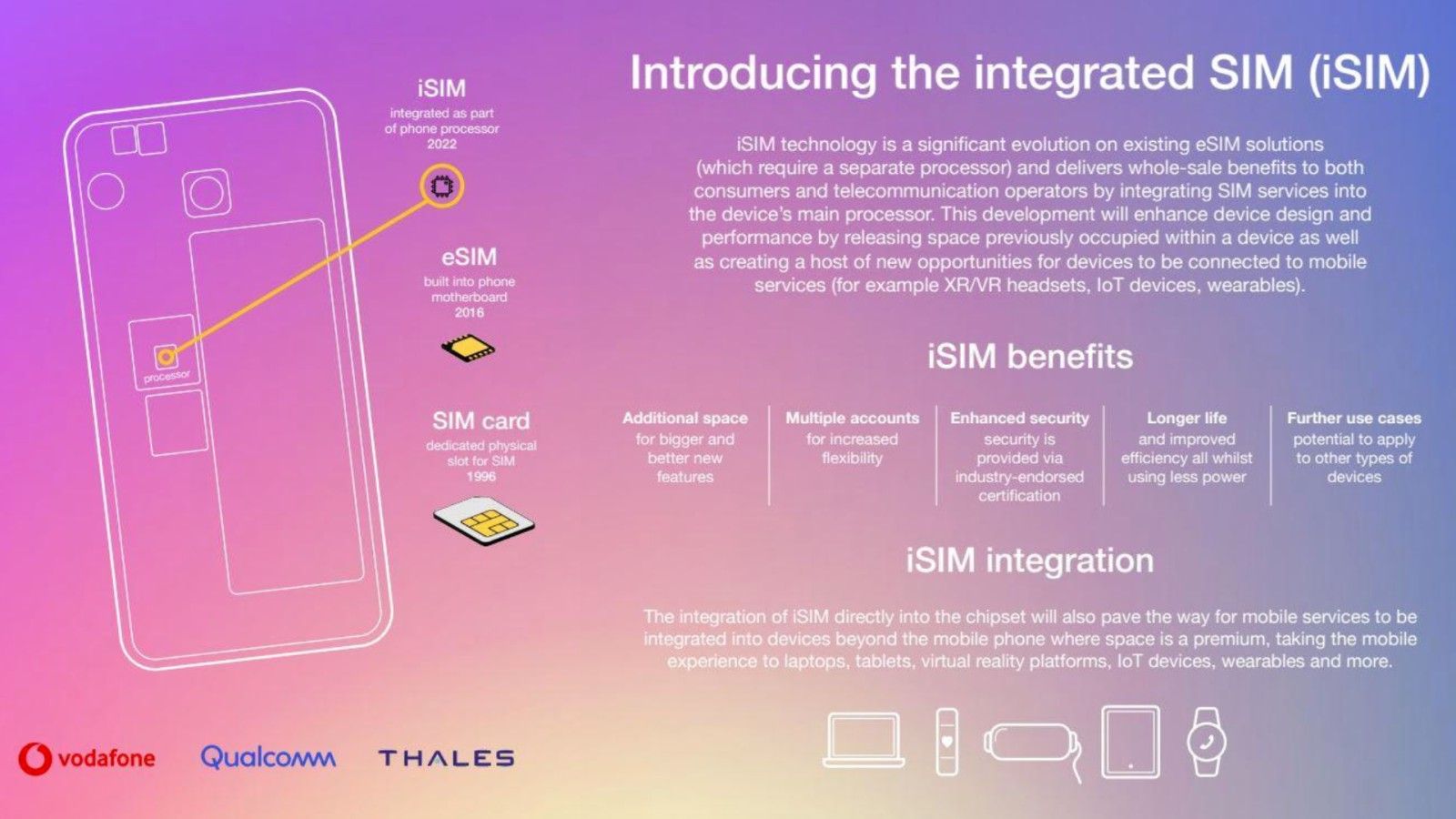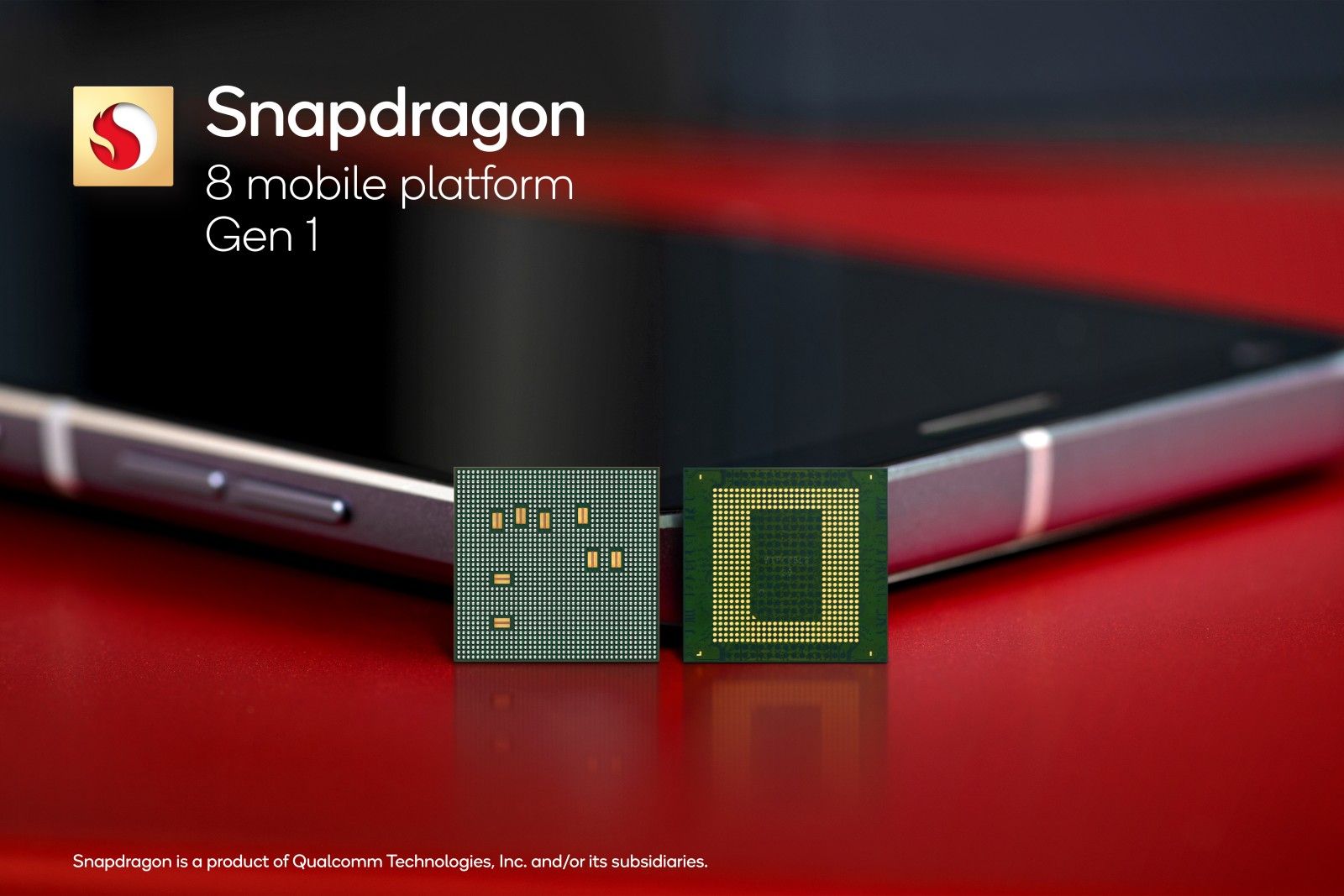Qualcomm partnered up with Vodafone and Thales to create the next generation of iSIM technology, which is set to replace physical SIM cards, and it improved on the eSIM technology and implementation. The proposed solution can free up space inside smartphones, smartwatches, tablets, and just about any product that could, in theory, connect to the internet, or require to make calls and send texts.
Last year, we talked about the next generation of the iPhone 14 series not offering, and not coming with a physical nano-SIM card slot, which raised a few questions. Recent news started suggestions the new eSIM only iPhone 14 series may be optional, and they could also be market-dependent, but the question remains.
Before we go further, we must understand how the traditional physical SIM cards, the embedded eSIMs, and Integrated SIMs (iSIM) work in practice. This will allow us to understand the pros and cons of each technology. This will let us find out which solution could solve the problem better: to free up space in smartphones, smartwatches, IoT devices, laptops, and more.
What is a SIM card?
SIM card and Nano SIM card
Source: Pocketnow
SIM card is short for Subscriber Identity Module. It’s a tiny, portable chip that can store information about a user. It contains a seventeen-digit code that assigns the country code of origin, the system from the carrier, and a unique user ID (via Kwikboost). The SIM card is responsible for connecting the user to the wireless network, allowing the transmission of calls, text messages, connection to the internet, and more. SIM cards can also store contact information, telephone numbers, SMS messages, billing information, and even data usage. It’s a neat little chip, that provides a lot of features in a small form factor.
What is an eSIM?
eSIM is technically the same as a physical SIM card. The “e” stands for “embedded”, since eSIM is technically a small physical chip inside the smartphone. eSIM is also widely used in smartwatches, and some laptops. The eSIM technology allows users to store more than one number in a single device, which then can connect to multiple carriers and network virtually. The technology is used in most modern smartphones and smartwatches, and it has a chance to become the new standard, and replace the need for physical SIM card slot – which take up additional space inside small devices, such as smartphones.
What is an iSIM?
Source: Qualcomm
iSIM is essentially a brand new technology, and it offers the same benefits as the eSIM solution. The main and most obvious benefit of iSIM is that it takes up even less space than eSIM since it doesn’t require – even that tiny – space inside smartphones and other gadgets, since it’s integrated into the mobile chipset. As you might have already guessed, the “i” stands for “integrated” and is part of the smartphone’s processor.
In theory, a new Qualcomm processor could support it by default, and allow users to easily install their SIM card profiles onto the device, offering similar benefits to the eSIM technology, which is that it provides additional space for manufacturers to work with, allow them to install better vibrator motors, increase the battery cell capacity, include more sensors and more.
In a recent announcement article, Qualcomm highlighted the main benefits that iSIM technology offers for smartphones, laptops, smartwatches, and other IoT devices and gadgets:
- Simplifies and enhances device design and performance by releasing space previously occupied within a device
- Consolidates the SIM functionality into the device’s main chipset alongside other critical capabilities such as GPU, CPU, and modem
- Enables remote SIM provisioning by the operator leveraging the existing eSIM infrastructure
- Opens mobile service connection capabilities to a host of devices that previously could not have SIM capabilities built-in
A concept has already been tested inside a Samsung Galaxy Z Flip 3, using a Snapdragon 888 chipset, and it worked as expected. If all the tests go according to plan, we could see the iSIM technology replace eSIM, and offer an even better solution to store and use multiple SIM cards in devices.
Will the change from physical to digital affect me?
Source: Qualcomm
If Qualcomm can work together with other wireless networks and come to an agreement to support the technology, then, it should be as widely supported as eSIM currently is in developed countries. The changes would likely simplify the process of everyday living, and it could make swapping SIM cards a breeze, thanks to automated processes that could simplify the task of changing phone numbers, swapping SIM cards, switching networks, and more. Most modern high-end smartphones already come with eSIM built-in, including the iPhone Xs and later, Samsung Galaxy S20 Series and later, Google Pixel 3 series and later, and many more. It’s unclear how long it could take until we see iSIM in new modern smartphones, smartwatches, and other items, but we may still be a few years away. New technology often needs to be approved, and supported properly in order to roll out gradually.
Not having a physical SIM card slot could improve water and dust resistance, and free up unnecessary space inside small devices. Manufacturers could use the extra space to make better and larger vibrator motors, add additional sensors to allow users to track more activities, and they could also increase the battery capacity to improve the battery life. Phones could also be slimmer as a result, which could make them even more portable.
While there are no significant disadvantages to the iSIM technology, it carries the same downsides as the eSIM solution. If a device is lost, stolen, or damaged, it could be more hassle to recover the SIM card and the phone number. The user would likely have to get in touch with the carrier to deactivate the SIM and go through the process of setting it up on another device. Physical SIM cards can be easily inserted and ejected; it only requires a SIM ejector tool.
In conclusion, I’m excited to see the new iSIM technology, and it appears to be a much better and more elegant solution to eSIM. It frees up even more space inside small devices, and it appears to offer the same benefits and downsides as the previous eSIM solution. While eSIM wasn’t perfect and still needs a lot of work to make it more compelling for people to switch, I can’t wait to see it normalize in the coming years. Changing networks using multiple phone numbers will be a lot easier, and hopefully, the processes will advance with the technology and offer a more seamless transition.




